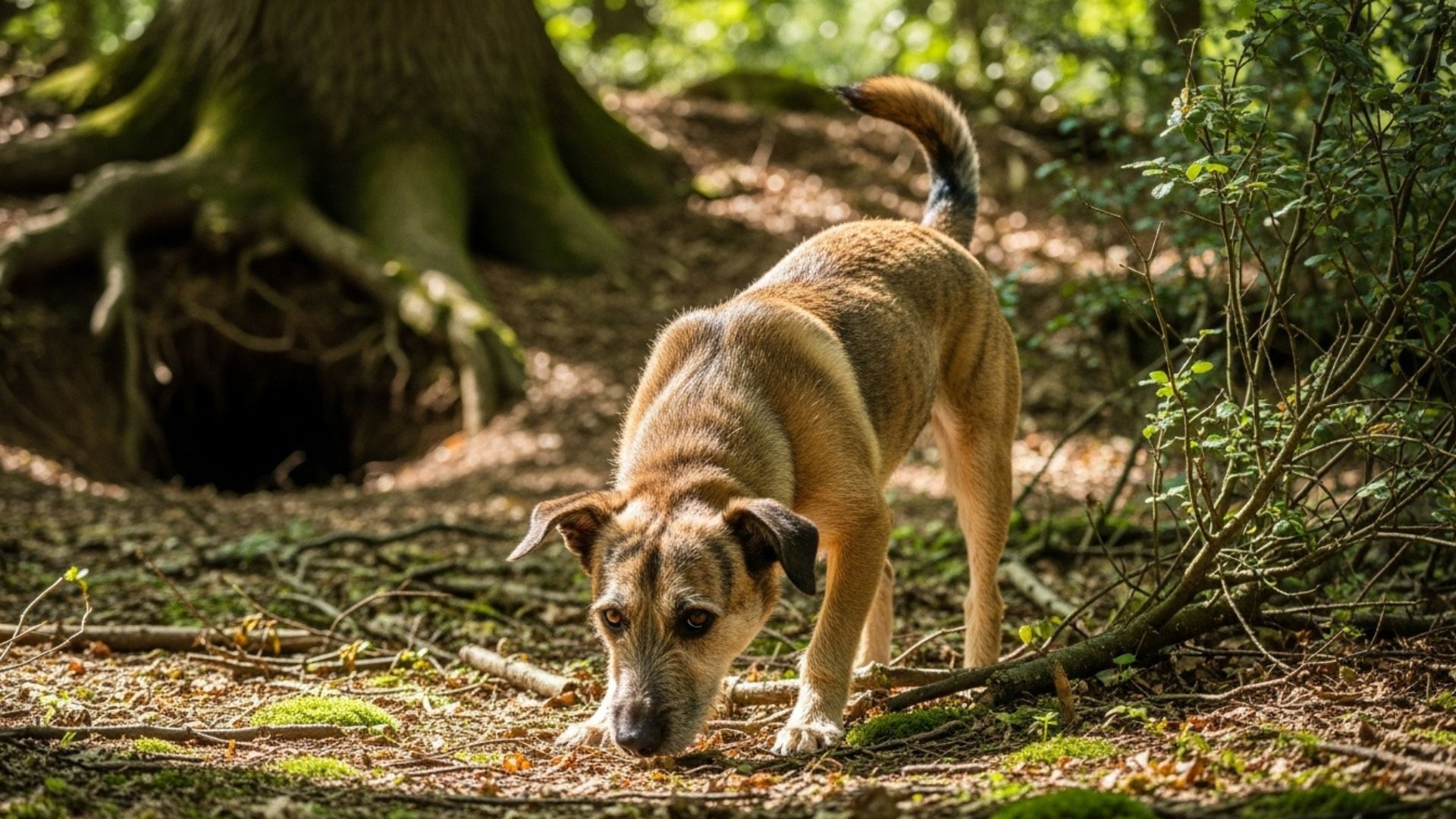For centuries, humans have relied on dogs as indispensable partners in the pursuit of wild game. Few challenges test a dog’s instincts and endurance like locating boar dens without guidance.
This ancient bond, once crucial for survival, continues today as both a thrilling sport and a key tool for managing destructive feral hog populations.
Research shows that in the United States alone, over 58.9 million households own pet dogs. From city apartments to sprawling farms, dogs remain woven into the fabric of daily life.
Yet only a selected few breeds possess the rare mix of scenting power, intelligence, and independence needed to find boars on their own.
These exceptional hunting breeds embody raw instinct balanced by loyalty. Fearless, agile, and relentless in the field, they work with a precision honed through centuries of partnership. Beyond the hunt, they stand as loyal companions—symbols of trust, courage, and timeless cooperation.
Dog Breeds That Locate Boar Dens Without Help
1. Catahoula Leopard Dog
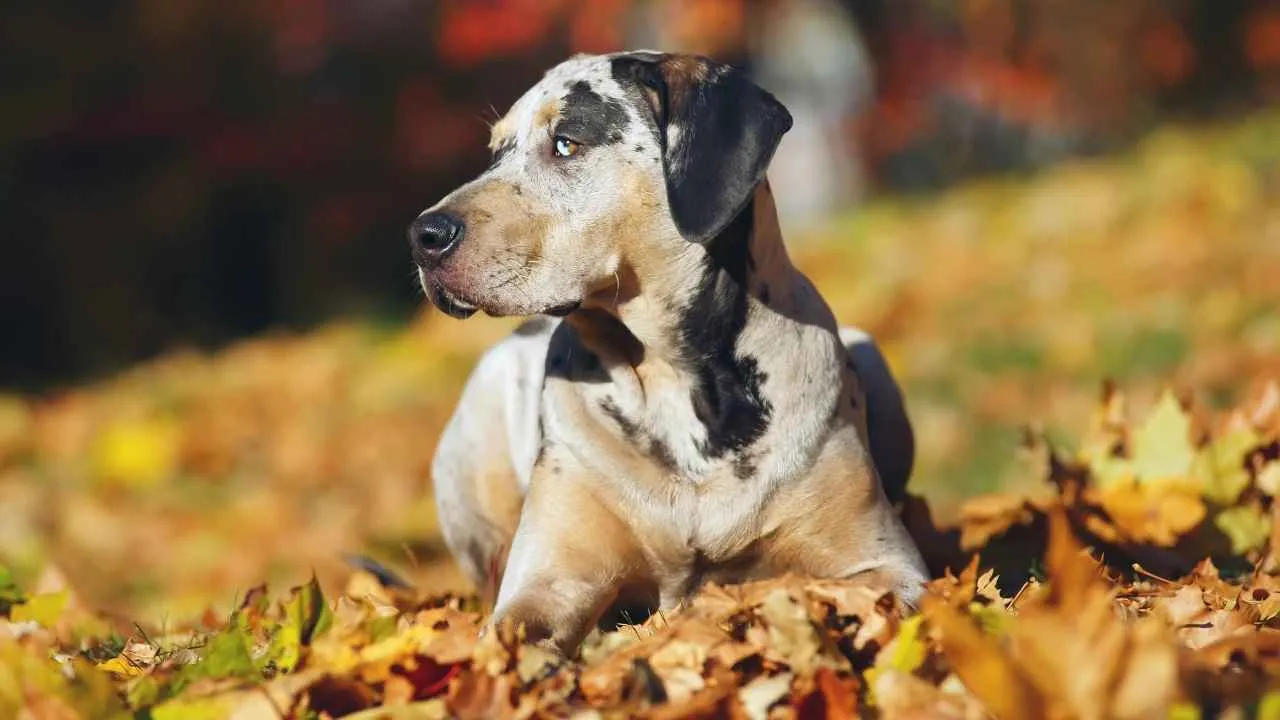
Also known as the Catahoula Cur or Louisiana Catahoula Leopard Dog, this breed hails from the swamps and forests of Louisiana. The AKC describes the Catahoula Leopard Dog as a versatile working breed—strong and muscular yet agile and built for endurance.
Recognized for its striking “leopard” coat and glassy, marbled eyes, the Catahoula combines rugged endurance with sharp intelligence—a true reflection of its frontier origins.
Born hunters, these loyal dogs were bred to locate and contain wild hogs in dense terrain, relying on scent and instinct rather than human cues. Their lean, muscular build and long legs give them the stamina to track and bay feral pigs across miles of rough ground without tiring.
These dogs excel at independent decision-making—a trait crucial when pursuing elusive boars that retreat deep into their dens. Their bravery and persistence drive them to hold a wild pig at bay until hunters arrive, showing both control and courage in high-pressure moments.
Intensely loyal yet naturally wary, the Catahoula thrives when given purpose and challenge.
A fascinating fact: Their unique coat patterns and eye colors result from the merle gene, which also links to partial deafness in some individuals—an uncommon but notable trait in this remarkable working breed.
2. Plott Hound
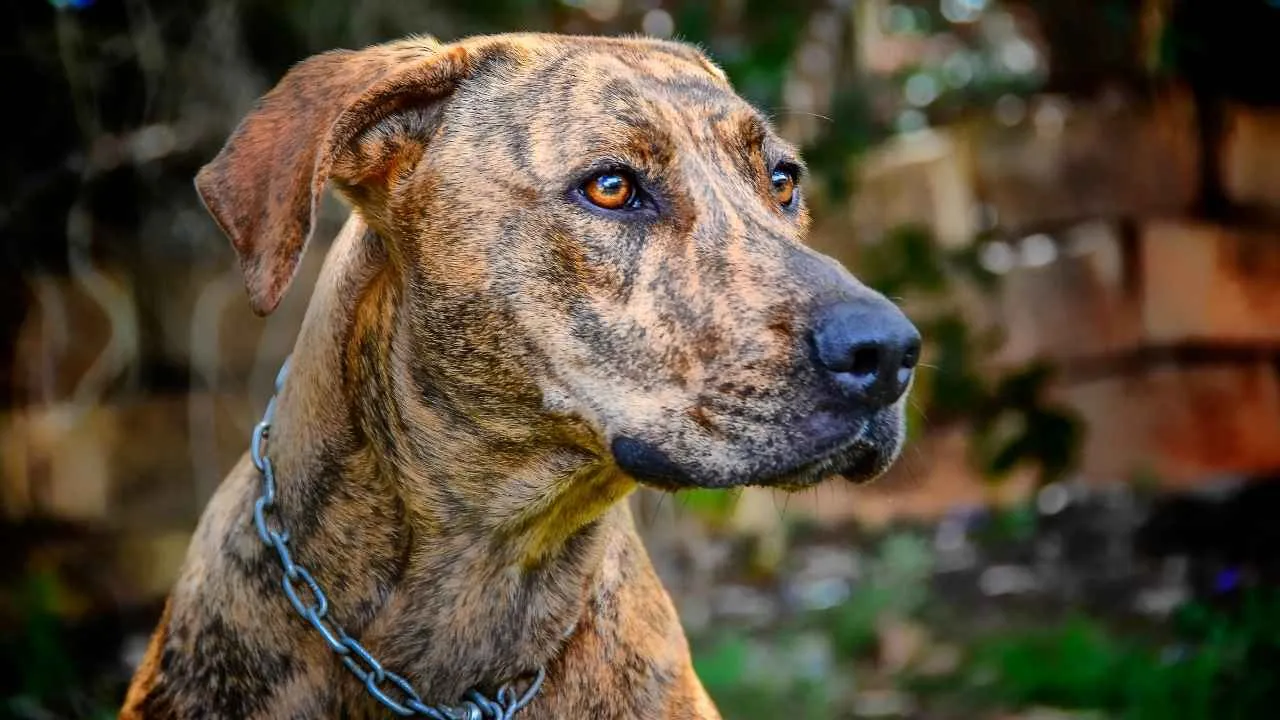
Also known as the Plott or Plott Coonhound, this fearless breed hails from the mountains of North Carolina, where it was developed from Hanover hounds and local trackers.
PetMD notes that Plott Hounds can be independent-minded, but they’re friendly and social dogs who enjoy playing with people and other pets. Revered as the state dog, the Plott embodies a blend of loyalty, grit, and unmatched drive in the field.
When it comes to locating boar dens, the Plott Hound’s powerful nose and unwavering focus make it an exceptional tracker. Its scenting ability is so refined that it can trail a wild hog across dense forests and rugged terrain with minimal guidance from its handler.
This breed thrives on independence, relying on instinct and confidence to make quick decisions while pursuing game. Their endurance and agility allow them to cover large territories, often working tirelessly until the prey is cornered or contained.
Their strong prey drive and territorial awareness are natural tools in boar den detection. Combined with their alert temperament and fearless attitude, Plotts remain reliable partners in both professional hunts and wildlife management efforts.
Fun Fact: The Plott Hound is the only coonhound breed of German origin, making it a unique blend of European heritage and American hunting tradition.
3. Dogo Argentino
Also known as the Argentine Mastiff, the Dogo Argentino is a powerful, athletic breed developed by Dr. Antonio Nores Martínez in Argentina. WebMD explains that among large dog breeds, the Dogo Argentino stands out as truly unique.
Created by crossing fighting dogs from Córdoba with other pure breeds, it was designed to hunt formidable prey such as wild boar and puma—earning a reputation for unmatched strength and courage.
What makes this breed remarkable in boar hunts is its ability to act without constant direction. The Dogo’s intelligence and instinct allow it to assess terrain, pick up faint scent trails, and locate dens deep within dense brush, relying on its natural problem-solving skills rather than handler cues.
Their muscular frame, endurance, and impressive lung capacity make them relentless trackers capable of pursuing game over long distances. Once the quarry is cornered, they seamlessly transition from pursuit to confrontation, using calculated aggression and control.
As a “catch dog,” the Dogo Argentino will hold its prey until the hunter arrives—a display of both loyalty and discipline.
Fun Fact: This breed was initially bred for fighting, but was soon recognized as one of the best hunting dogs in South America for its intelligence and bravery.
4. Redbone Coonhound
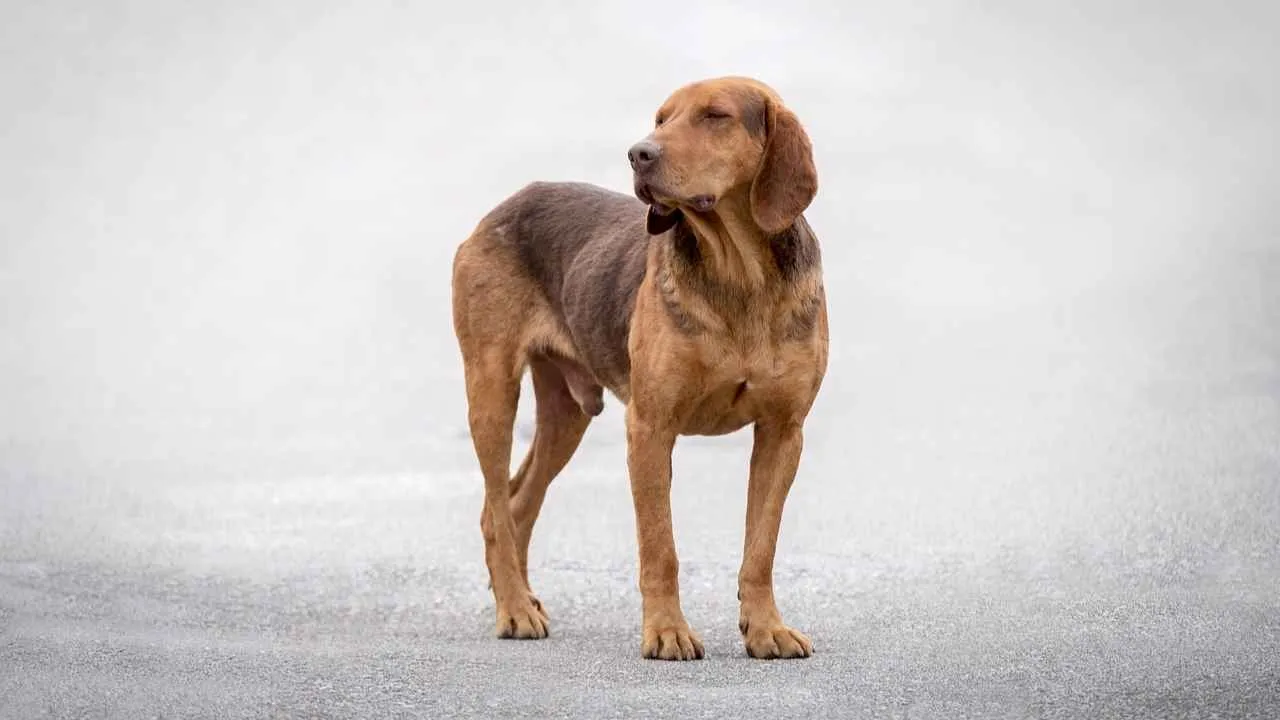
Also known simply as the “Redbone,” this American-born coonhound is recognized for its sleek, deep red coat and unwavering determination in the hunt. Originally bred in the early U.S. to track raccoons, the Redbone quickly proved its versatility across swamps, forests, and rugged hillsides.
What makes the Redbone stand out in wild boar hunts is its unmatched balance between endurance and scenting precision. These dogs can pick up and follow faint trails for miles, making them invaluable when locating elusive boar dens hidden deep in dense brush.
Their methodical tracking style and natural independence allow them to work effectively even without constant direction from hunters. A Redbone’s confidence in unfamiliar terrain ensures that no sound of hogs goes undetected.
Equally loyal and intelligent, they form strong bonds with their handlers, responding instinctively to the rhythm of the chase.
Fun Fact: The Redbone Coonhound’s striking red coat was developed through generations of careful breeding for visibility in low light during night hunts.
5. Rhodesian Ridgeback
Also known as the Lion Dog, the Rhodesian Ridgeback originated in Southern Africa during the 17th century, bred to pursue and contain large game like lions.
Distinguished by the ridge of hair along its spine growing opposite the rest of the coat, this hound embodies strength, grace, and unwavering focus in the wild.
When it comes to locating boar dens, Ridgebacks rely on their exceptional scent-tracking instincts and relentless endurance. Bred to work in small packs alongside hunters on horseback, they can follow trails across vast, rugged landscapes without losing determination or control.
Their athletic build and short, sleek coat make them perfectly adapted for hot, thorny terrains where agility and heat tolerance are vital. A Ridgeback’s powerful legs and remarkable stamina enable it to cover long distances while maintaining a steady pace during intense pursuits.
Despite their independence, these dogs display loyalty and intelligence, responding best to calm yet confident handlers.
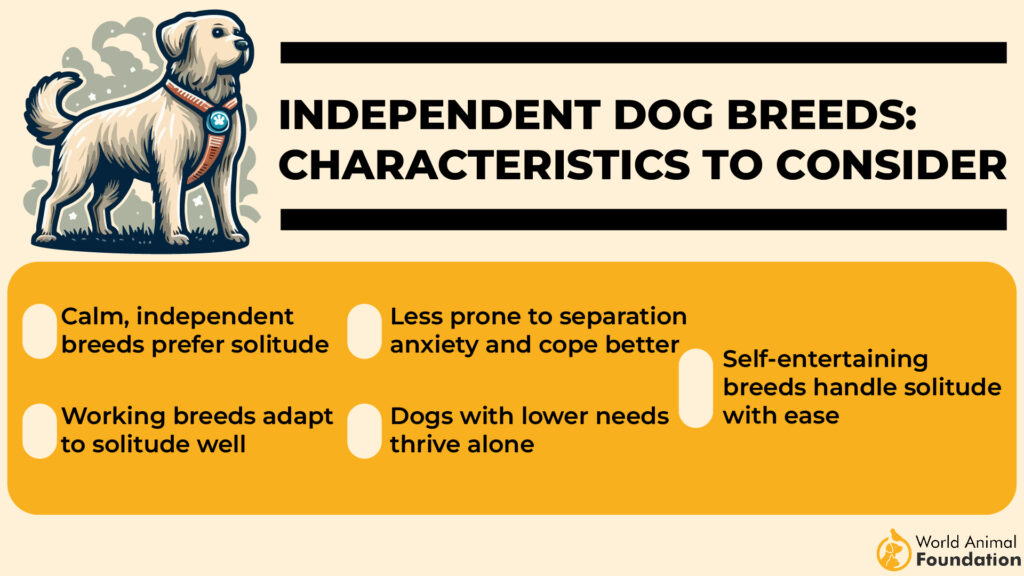
Fun fact: The breed’s signature ridge of fur is caused by a unique genetic trait found only in a few dog breeds worldwide.
6. Bluetick Coonhound
Also known simply as the Bluetick, this American scenthound is prized for its keen nose and striking coat patterned with blue-ticked markings.
Bred from French and English hounds, the Bluetick combines stamina with sharp hunting instincts, making it a standout breed among trackers. Renowned for their affectionate temperament and musical howls, they balance their working drive with a loyal, people-oriented nature.
When it comes to locating boar dens, the Bluetick’s olfactory precision shines. Their ability to follow an old, winding scent trail through rough terrain allows them to identify wild hog activity where other breeds might falter.
Their distinct “singing” bay carries across vast distances, alerting hunters from afar without needing direction.
Endurance is another hallmark of the Bluetick Coonhound. These dogs can pursue game tirelessly for hours, guided purely by scent and instinct. Their muscular build and relentless determination help them traverse dense forests, marshlands, and mountain slopes without losing focus.
While independent, Blueticks are remarkably intelligent problem-solvers. Once bonded with their handler, they respond intuitively in the field—combining strategy, stamina, and courage in every pursuit.
Fun Fact: This breed has been known to chase not just raccoons, but even cougars and mountain lions.
7. Black and Tan Coonhound
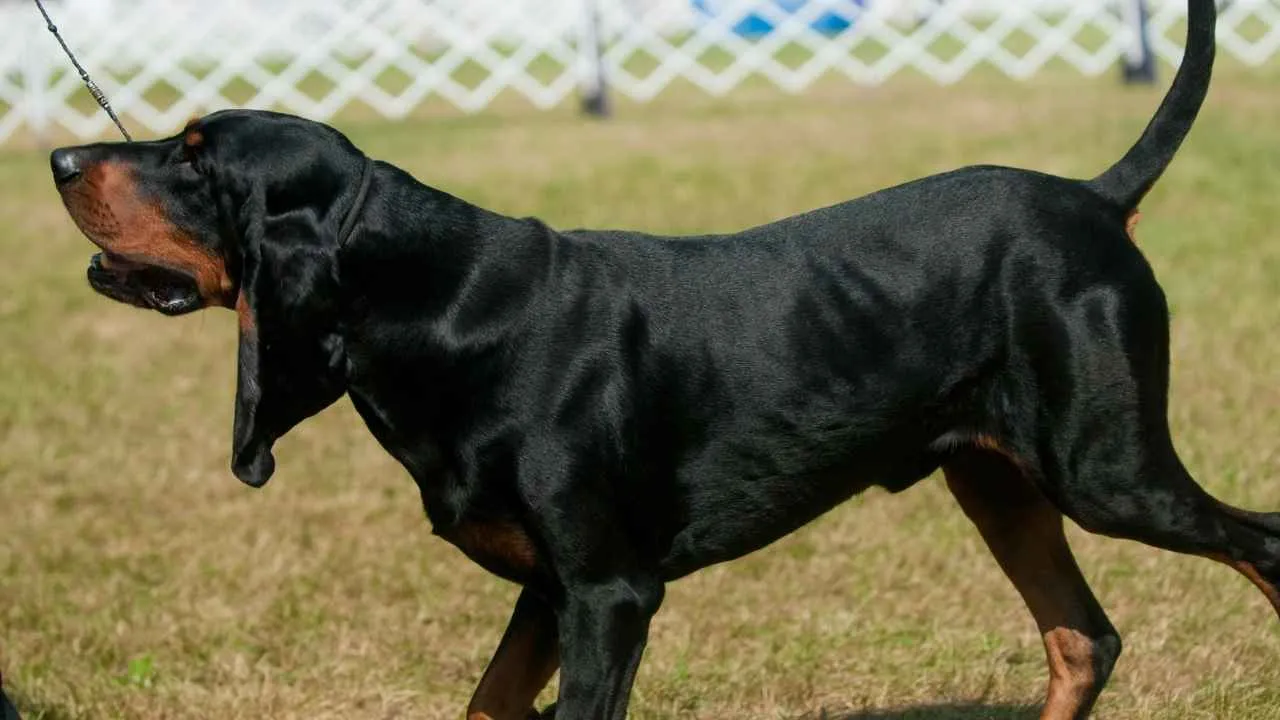
Also known as the American Black and Tan, this breed carries a legacy rooted in early U.S. settlements. Recognized for its glossy black coat with tan markings, the Coonhound is a powerful tracker whose calm indoor demeanor contrasts with its relentless drive outdoors.
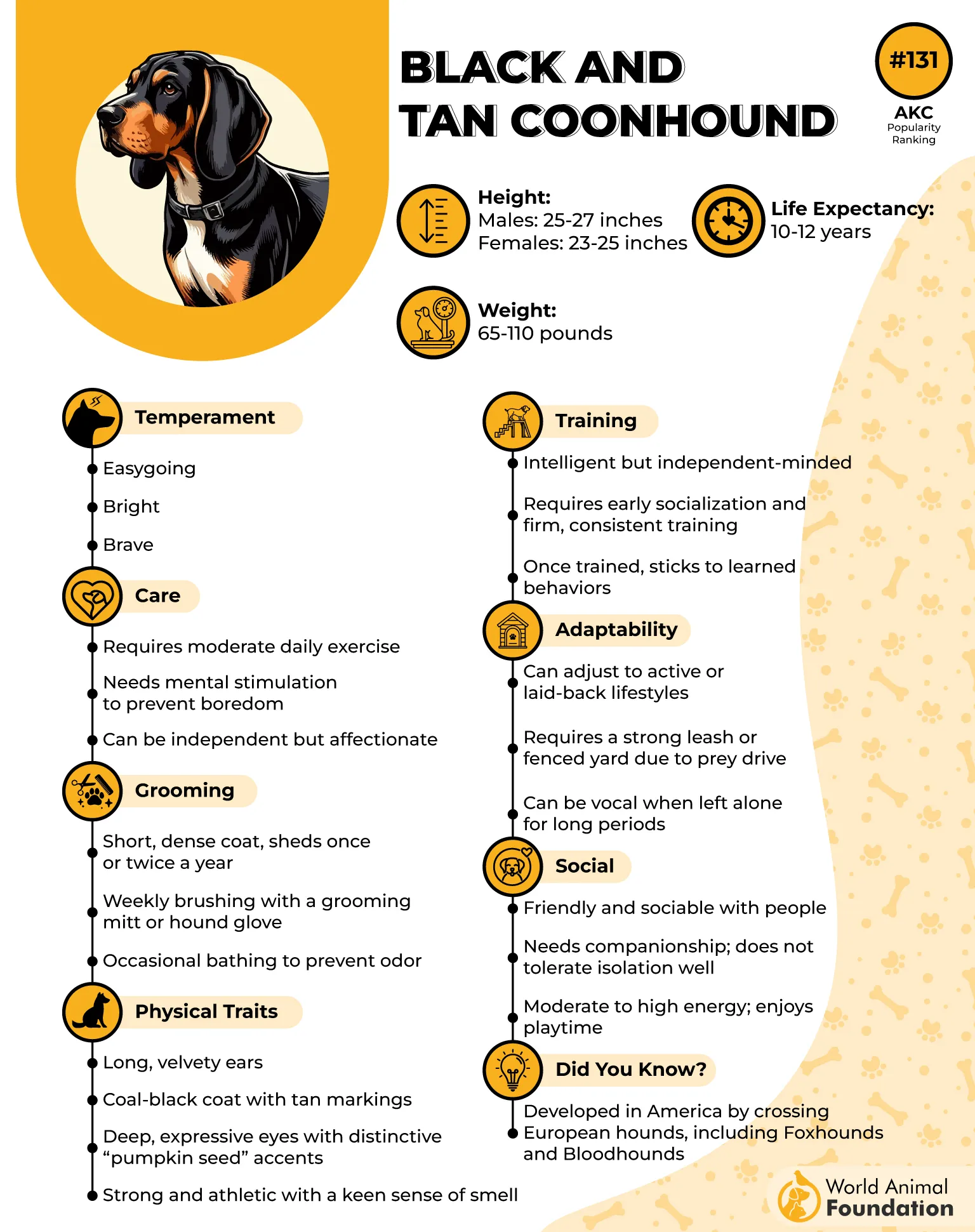
When hunting, their keen sense of smell and endurance make them exceptional at locating boar dens without human aid. Once they catch a scent, their focus is unshakable, following trails across long distances and challenging terrain until the quarry is found.
Despite their strength and independence, these hounds are remarkably even-tempered. Their adaptable nature allows them to switch easily between intense pursuit in the wild and peaceful companionship at home.
Their intelligence pairs perfectly with their stamina—capable of working tirelessly for hours while responding well to consistent training.
Fun fact: Black and Tan Coonhounds can detect and follow scents that are days old, a testament to their unmatched olfactory power.
8. Norwegian Elkhound
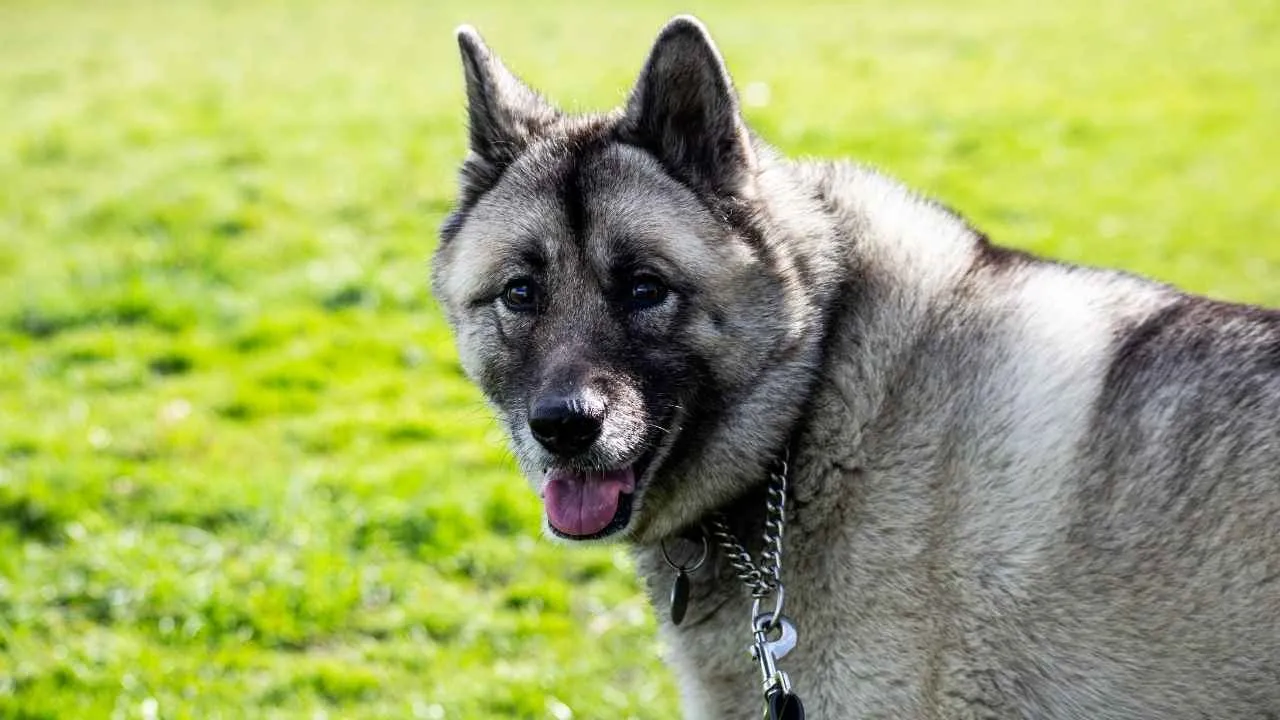
Also known as the Norsk Elghund, this ancient Nordic breed has been Norway’s fearless hunter for thousands of years, dating back to 5000 BC.
Compact yet powerfully built, the Norwegian Elkhound’s dense double coat and muscular frame are tailored for frigid climates and rugged terrain, where endurance often outweighs speed.
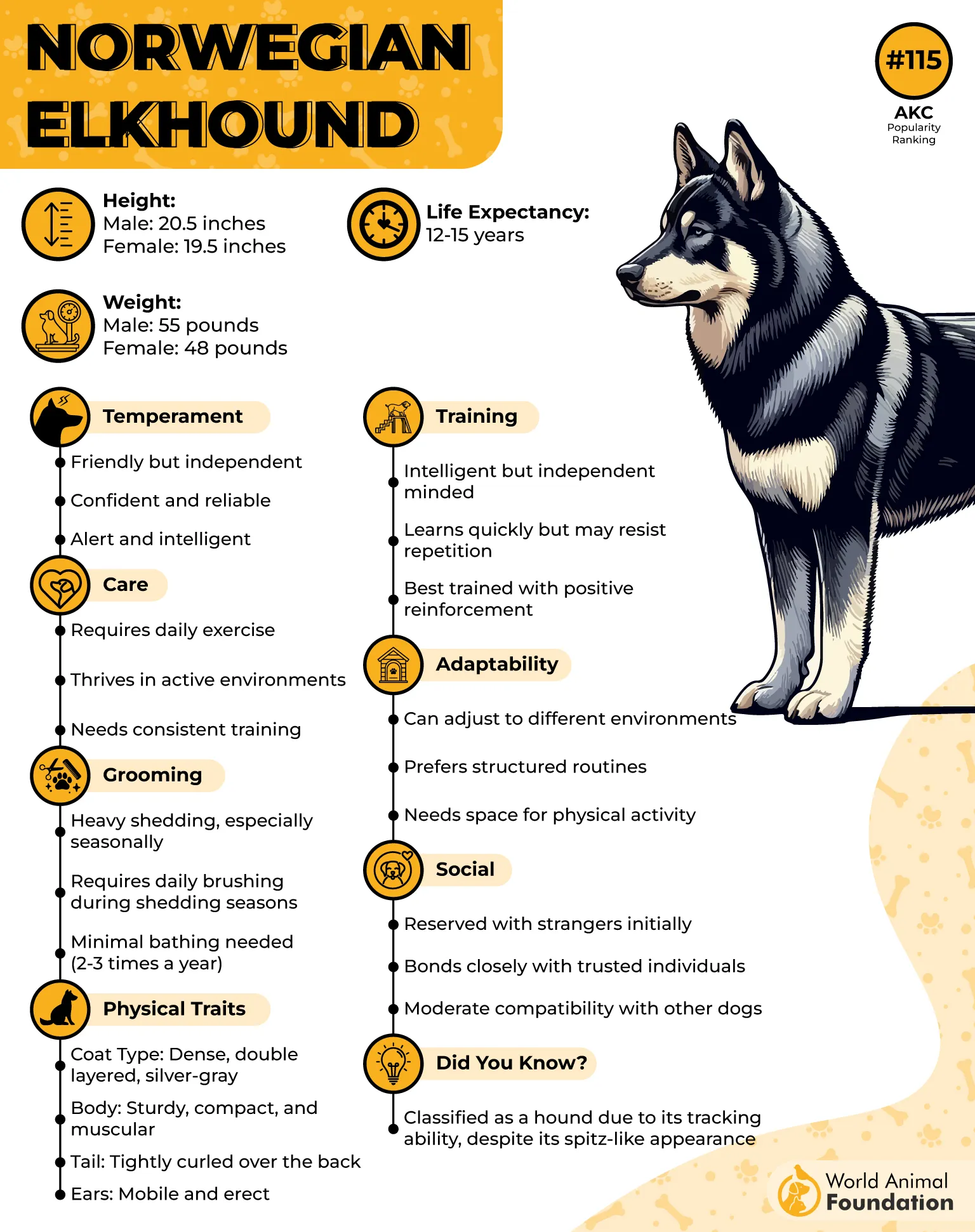
Renowned for its ability to locate and hold large game, this spitz-type hound relies on an extraordinary sense of smell and unyielding stamina.
When tracking wild boars or elk, it uses strategic barking to alert hunters while skillfully dodging counterattacks, maintaining a balance of aggression and caution that defines its hunting mastery.
Its intelligence is evident in how it adapts to changing conditions—navigating dense forests, icy slopes, and unpredictable prey movements without hesitation. This blend of instinct and reasoning allows the Elkhound to pursue and corner even the most elusive quarry independently.
Built for endurance, the breed thrives on vigorous activity and mental stimulation, excelling in agility, herding, and cold-weather pursuits.
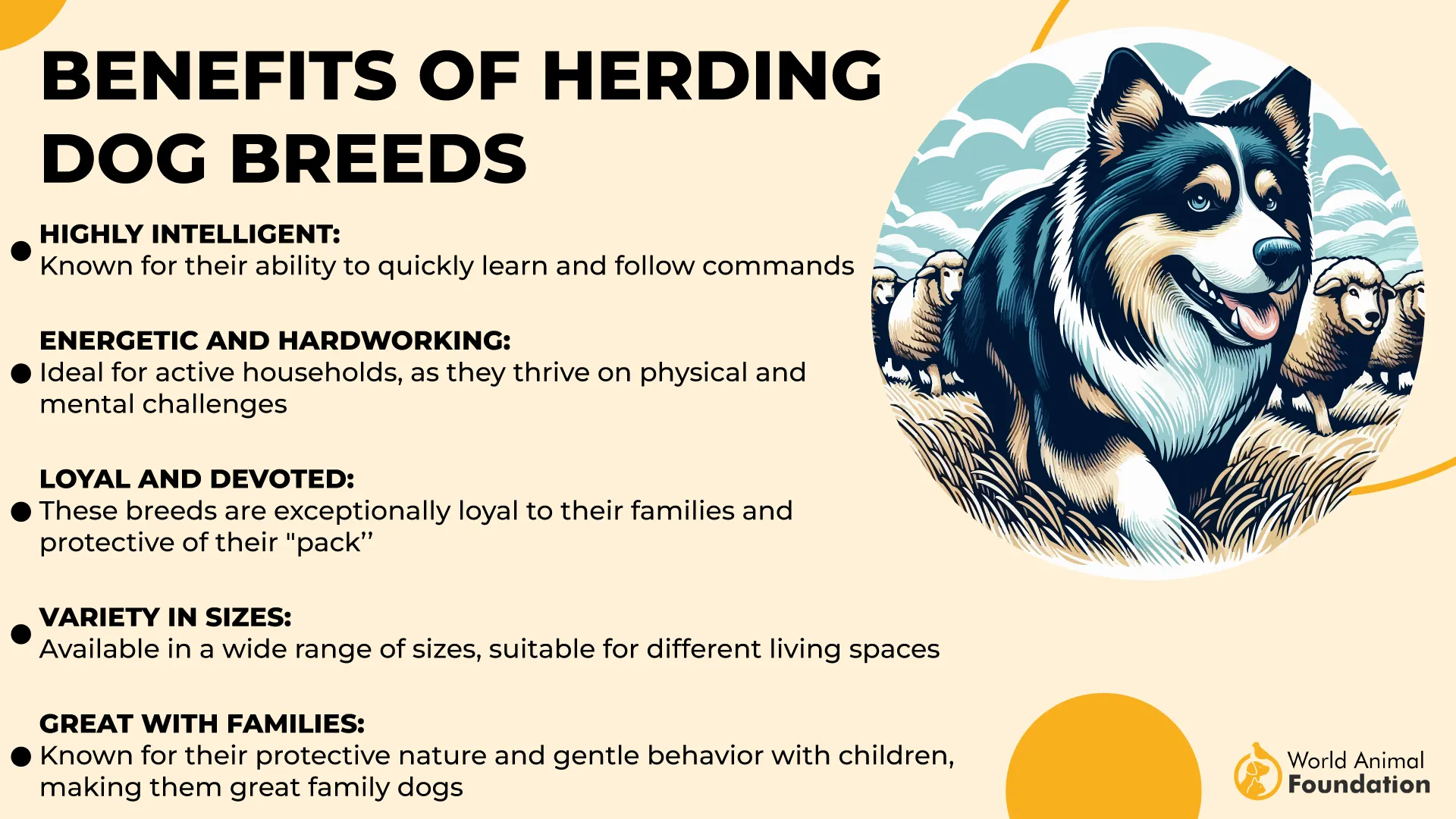
Fun fact: The Norwegian Elkhound is considered one of the world’s oldest dog breeds and was once a prized companion of Viking hunters.
9. Treeing Walker Coonhound
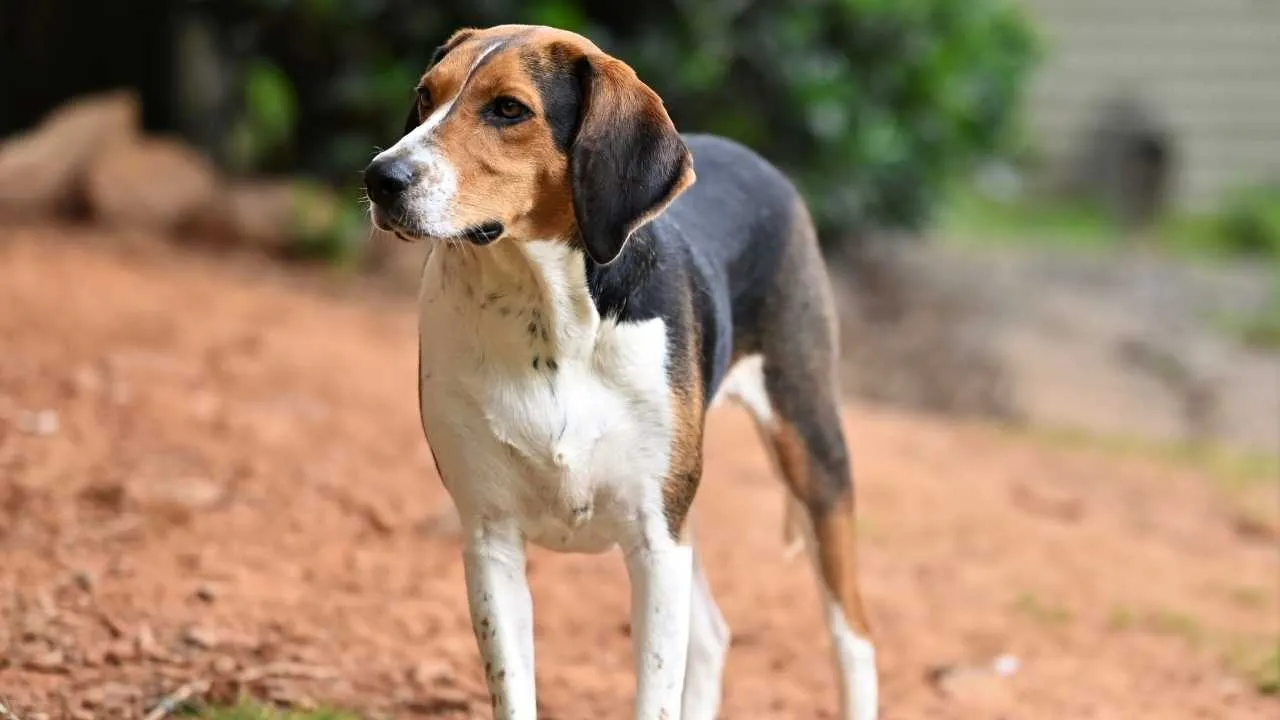
Also known as the “Walker Hound” or “TWC,” the Treeing Walker Coonhound is a sleek, long-legged athlete built for stamina and speed. Recognized for its tricolor coat and resemblance to the Beagle and American Foxhound, this breed combines elegance with raw tracking power.
Originally bred for chasing raccoons, it has since proven itself as a skilled hunter capable of pursuing much larger prey, including boars.
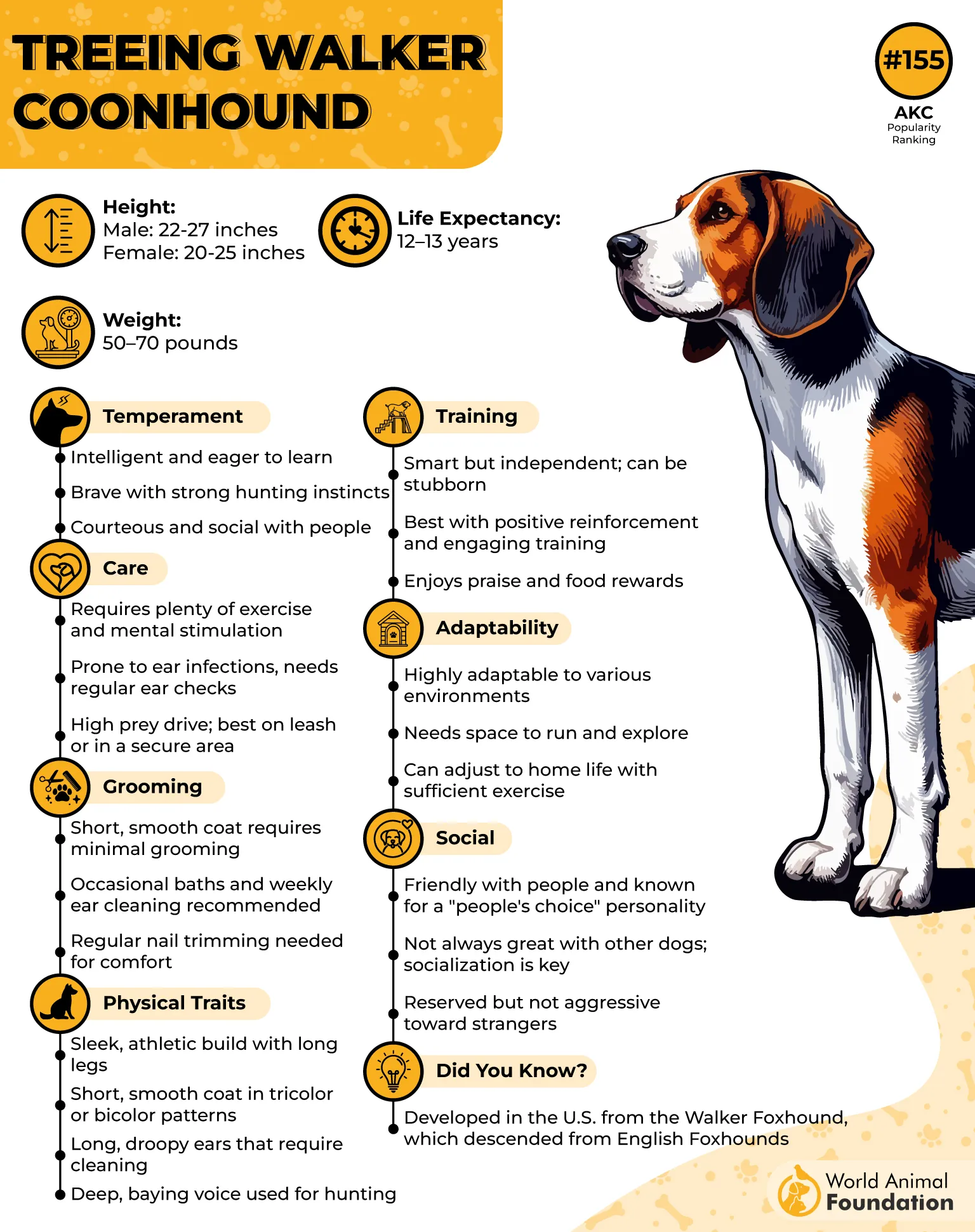
When hunting, the Treeing Walker relies on its acute sense of smell and boundless energy. Once it catches a whiff of a scent, it follows relentlessly—often leading hunters deep into the wild. It’s clear, ringing bay alerts handlers from afar, signaling when the prey has been cornered.
The breed’s sharp intelligence and determination make it particularly effective at locating boar dens without direct guidance. It uses instinct and experience to navigate rugged terrains and follow cold trails that would stump less driven dogs.
Despite its fierce working nature, the Treeing Walker Coonhound is affectionate, social, and adaptable.
Fun fact: This breed is named for its signature hunting technique—chasing prey up trees and “baying” to mark its location until the hunter arrives.
10. Bloodhound
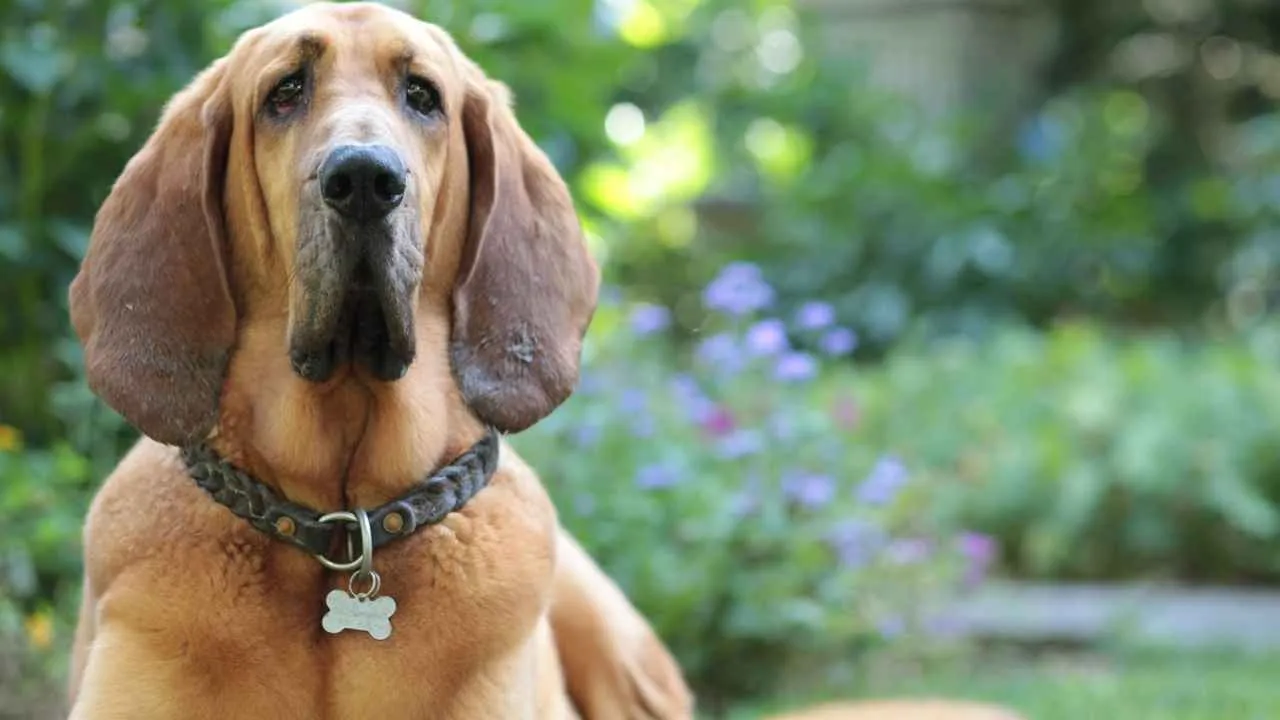
Also known as the St. Hubert Hound, the Bloodhound is a large, powerful scent-tracking breed recognized for its drooping ears, loose skin, and gentle nature.
This hound’s signature wrinkled face and soulful eyes often mask the sheer intensity of its abilities in the field. Originally bred for hunting deer and wild boar, it has become a master of scent detection across terrains and generations.
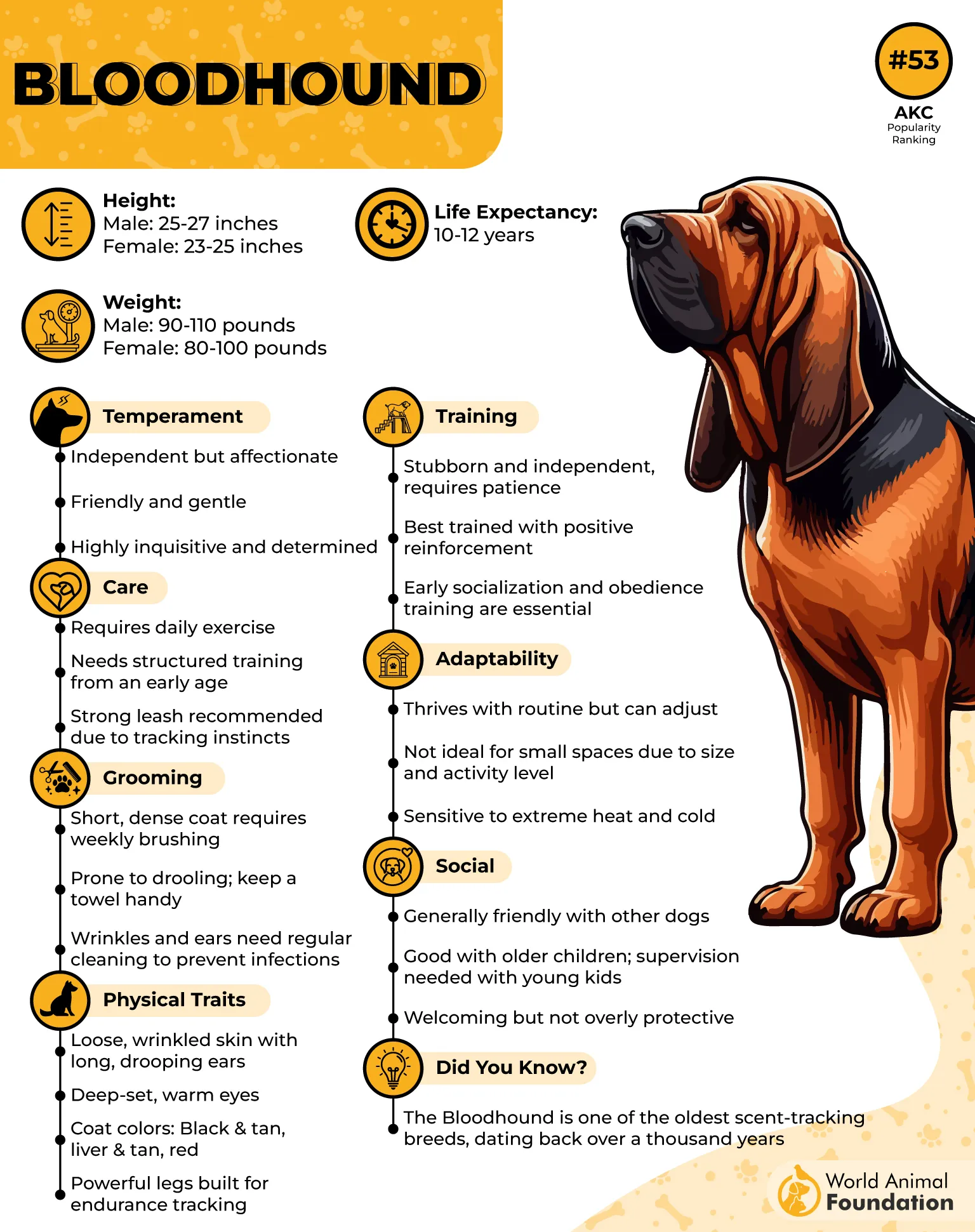
When it comes to locating boar dens without help, few breeds rival the Bloodhound’s precision. Its olfactory system, containing hundreds of millions of scent receptors, allows it to distinguish and follow even the faintest traces left behind by wild pigs in thick underbrush or muddy terrain.
This breed’s persistence is legendary—once on a trail, it follows with unwavering focus, often ignoring distractions or obstacles. Such determination makes it a natural choice for solo scent work, even in unpredictable environments.
Despite its calm demeanor at home, the Bloodhound thrives on activity and purpose. It requires ample exercise and mental stimulation to stay content, mirroring the same drive that once made it indispensable in medieval boar hunts.
Fun fact: A Bloodhound’s scent evidence has been deemed admissible in court due to its proven accuracy.
Conclusion
The remarkable ability of certain hunting dogs bred to locate boar dens without help highlights centuries of selective development and instinct refinement.
From powerful scent hounds that can trail the faintest odor to agile flushing dogs that drive game from hiding, these canines play a vital role in modern boar hunting and wildlife management.
Whether tracking big game through dense forests or working alongside hunters in open terrain, their endurance, precision, and courage remain unmatched among domesticated animals. Even other breeds like terriers, retrievers, and hounds continue to contribute to the complex world of hunting wild boar.
Despite their fierce working instincts, these dogs coexist harmoniously in homes, sharing space—even with cats—when properly trained. Their dedication extends beyond the hunt, forming a bond rooted in trust, instinct, and shared purpose.
In every bark, track, and chase, they embody the enduring link between survival, companionship, and the pursuit of food through teamwork and instinct across every group of hunting breeds.


